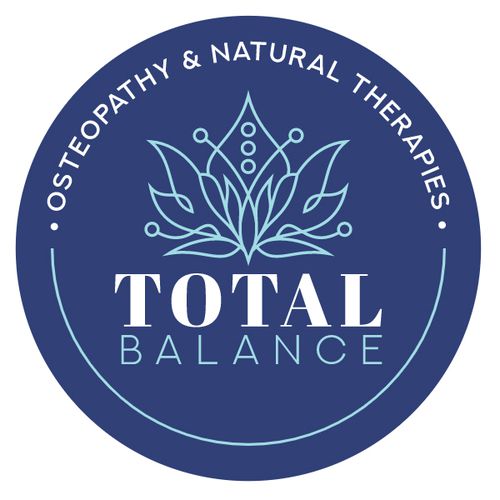
As we get older, the body loses elasticity—increasing the chance of injuring the soft tissues and bony structures. The body also loses some of its ability to recover from injuries or strains.
It can be disheartening to reach a stage of life when you have more time for recreation, only to experience age-related pain and stiffness that prevent you from enjoying this newfound leisure time to the full.
Many older Australians mistakenly believe that the effect of ageing on their body’s joints is untreatable and inevitable, and they have no alternative but to learn to live a lesser life with their pain.
Keeping mobile is the key to your health, happiness and independence. Osteopaths can offer treatment and advice to help harness your body’s natural healing systems—improving mobility, circulation and balance, reducing joint stiffness and helping you lead a more fulfilling life.
The effects of ageing on the body can cause symptoms such as:
- poor balance
- general stiffness
- back, neck and arm pain
- hip and knee pain and stiffness
- arthritis and joint swelling
- high blood pressure.
How Can Osteopathy Help?
Osteopathic treatment can go a long way towards relieving these distressing conditions. If surgery is also required, the post operative recovery period can be prolonged and painful. Osteopathy can be extremely helpful during the recuperation period.
Osteopathy’s safe, gentle and effective techniques aim to maintain your health, increase mobility, improve balance, prevent further joint wear and tear, and help keep you active and independent.
Osteopaths can provide:
- safe, gentle and effective treatment to keep your body balanced and mobile
- home exercises to keep you stronger and more flexible
- advice on nutrition
- guidance about outdoor exercising, such as a daily walk to keep your circulation healthy and maintain muscle tone
- advice about gentle stretches to help maintain joint and muscle flexibility and assist in preventing injuries
- information about therapies like Tai Chi, Yoga or gym-based training which can maximise your balance and strength.
Osteopaths can work with other health practitioners to ensure a holistic approach to your health care.
What is Osteopathy?
Osteopathy is a form of manual medicine which recognises the important link between the structure of the body and the way it functions. Osteopaths focus on how the skeleton, joints, muscles, nerves, circulation, connective tissue and internal organs function as a holistic unit.
Using skilled evaluation, diagnosis and a wide range of hands-on techniques, osteopaths can identify dysfunction in your body. Osteopathic treatment uses techniques such as stretching and massage for general treatment of the soft tissues (muscles, tendons and ligaments) along with adjustments of specific joints and soft tissues.
In Australia, osteopaths are government registered practitioners and complete a minimum of five years university, which covers anatomy, physiology, pathology, general medical diagnosis and osteopathic techniques. Osteopaths are primary healthcare practitioners and are trained to recognise conditions which require medical referral. They are also trained to carry out standard medical examinations of the cardiovascular, respiratory and nervous system.
For more information on osteopathy visit our Australian Osteopathic Association feature page.
This article was kindly brought to you by the Australian Osteopathic Association, AOA.
© Australian Osteopathic Association 2008. All rights reserved. No part of this publication may be reproduced without the prior permission of the copyright owner.
Originally published on Nov 10, 2009








